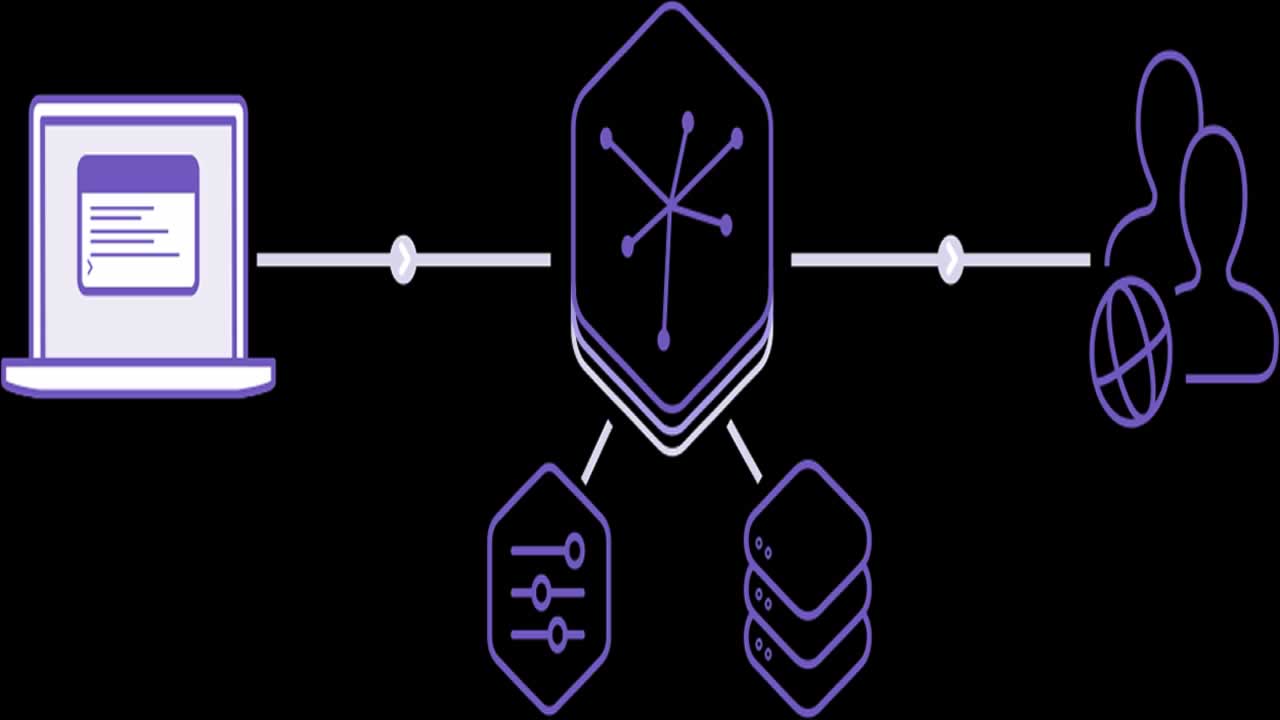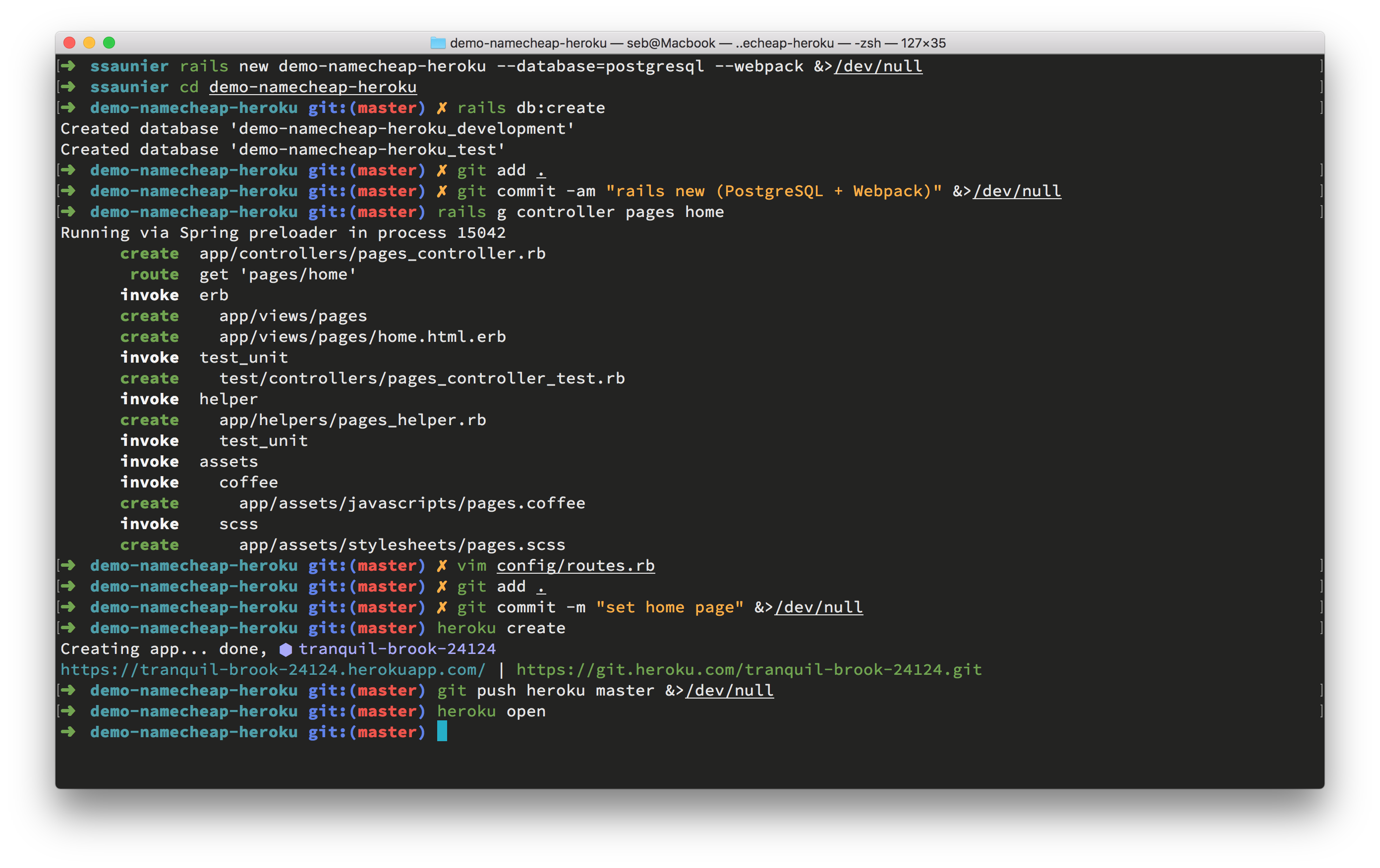

gitignore file in your project if not already in place. Be sure to not commit the master.key file to version control. A master.key file is created as well if not present. This first checks if that file is present and generates a new one if not. If you don't have the file in your app already you can run a command to generate one. In development, your app will reference config/master.key to properly decrypt the data. This file will be decrypted in a production environment using a key stored either on a RAILS_MASTER_KEY environment variable or a master.key file I mentioned before. When you create a new rails app a file called is added to the config directory.

Doing so before encryption meant your API keys or other sensitive data could be easily accessible by people you probably don't want to give access to.
#RAILS MASTER KEY HEROKU CODE#
The idea of encryption means we can safely commit code to private or public repos on the web where the code gets stored. In short, you don't need encrypted credentials but they do solve a lot of issues when it comes to sharing keys and sensitive data across a team of developers. What are encrypted credentials and why do we need them?
#RAILS MASTER KEY HEROKU PASSWORD#
A master key can then be shared via password manager or some other safe mechanism that allows all developers root access to everything. This empowers developers across a given network/team to safely share a common codebase without fear of mishandling sensitive data.

Sharing and updating these variables is very cumbersome, to say the least since most of the time they weren't in a place that could easily be shared amongst a team.īecause larger Rails apps need a better source of truth, encrypted credentials rose to answer the sharable interface problem. Historically, some Rails developers used environment-based variables or the secrets.yml file which worked well enough but had its own set of challenges in a team setting. Keys were commonly shared in insecure manners and even checked into version control where anyone could get access. This might be your payment provider's API keys or your email service provider's API keys for example. The need for encryption arose after many developers struggled to agree on a standard for storing sensitive API keys and the like. This guide is my attempt to expose as much as I can around credentials and how you can make use of them in your Ruby on Rails applications today. Unfortunately, the documentation around the use of such tech isn't the best. Modern versions of Ruby on Rails ship with a very useful application credentials layer that allows you to store private keys and other information in a fully encrypted manner.


 0 kommentar(er)
0 kommentar(er)
